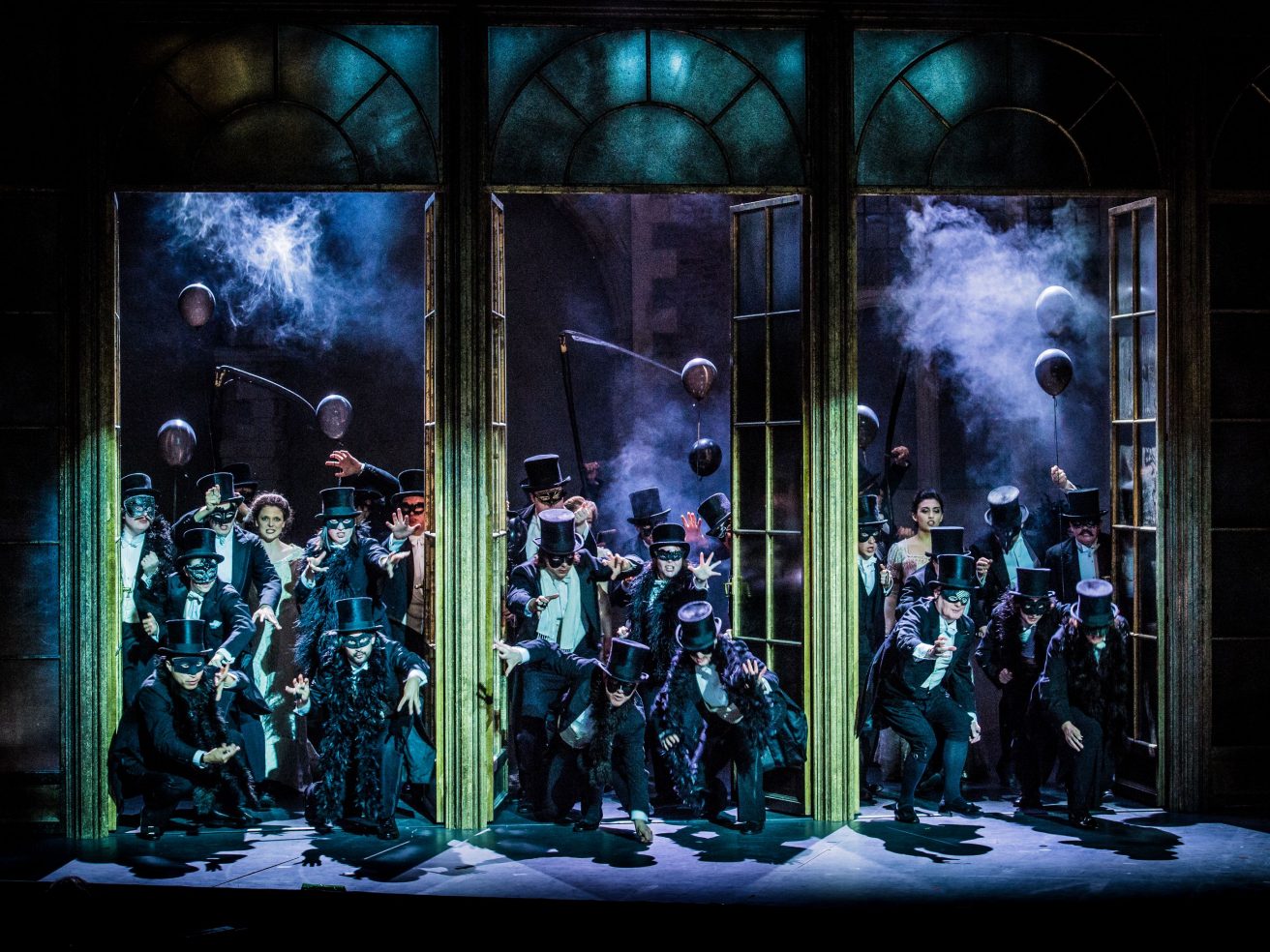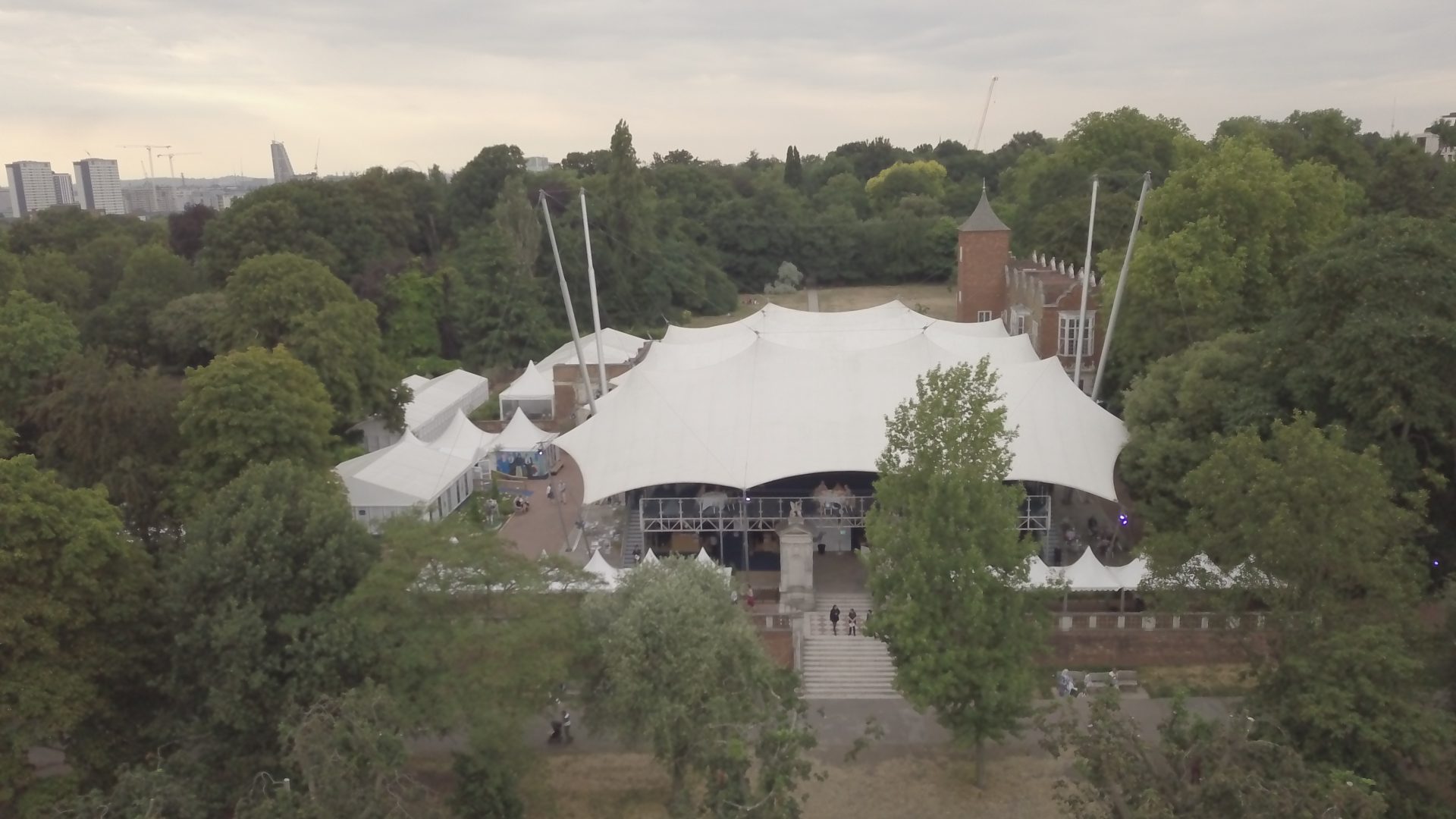Dr Jakob Stougaard-Nielsen reviews the work of poet and playwright, Henrik Hertz.
Henrik Hertz’s one-act play, King René’s Daughter (Kong Renés Datter in Danish), was first performed on 5 April 1845 at The Royal Theatre in Copenhagen. Largely unknown today, Hertz (1797–1870) became a roaring success across Europe, where his play was translated into English, Dutch, German, French, Italian, Swedish and Russian, and staged at the most important theatres in Germany, at The Royal Strand Theatre in London and for Queen Victoria at Windsor.
Testifying to Hertz’s fame in England, the poet and critic Edmund Gosse wrote in 1880 that while dramatists like Ibsen and Bjørnson were attracting some attention in Germany, Hertz was the only Scandinavian dramatist to have achieved truly international success. That, of course, was to change. Ibsen became one of the most staged dramatists in the world, and Hertz is all but completely forgotten. Of his more than 50 dramatic works, only King René’s Daughter has had an afterlife, due entirely to Tchaikovsky’s adaptation.
Hertz was immersed in the vibrant cultural scene of Golden Age Copenhagen, where he brushed shoulders with famous contemporaries such as Hans Christian Andersen and Soren Kierkegaard. From his debut in 1827, he wrote in a variety of genres from popular vaudevilles and comedies to lyrical Romantic dramas. In King René’s Daughter he found a fashionable formula of medieval sceneries, exotic locations, a sentimental theme, light lyrical dialogue and songs. What most resonated with contemporary audiences was, however, the enigmatic role of Iolanthe – a blind girl, oblivious to her disability, regaining the sense of sight through love.
Set in Provence, in a remote valley in Petrarch’s Vaucluse, the play concentrates on the healing of King René’s 16 year-old daughter. Iolanthe was betrothed at birth to Count Tristan, but was blinded by the traumatic experience of a palace fire. When Tristan arrives, unaware of the King’s prohibition against using visual references, he awakens Iolanthe from sleep. His words appeal to the wonders of sight, while she describes the world around her with poetic synaesthesia. Already infatuated, Tristan only realises Iolanthe’s condition when he asks her for white and red roses.
Hertz’s Romantic idea that the power of love could restore sight had a profound resonance with the audiences of the day. However, the motif of the cured blind girl was not his invention. In 1824, Hertz had seen the French dramatist Eugène Scribe’s play Valérie, wherein a beautiful young woman is cured by her childhood sweetheart. A decade later, he was travelling with Hans Christian Andersen in Italy. They visited the Grotta Azzurra on Capri that Andersen would use as the setting for a crucial scene in his novel The Improvisatore (1835). In Andersen’s novel, the protagonist, Antonio meets the blind girl, Lara (based on a girl Andersen had seen in Paestum), who falls in love with him, thinking that she might receive from him the gift of sight. Eventually, a Neapolitan doctor cures her and she marries Antonio.
Hertz may have borrowed from Scribe and from Andersen, but where Andersen found a fairly prosaic, medical solution to Lara’s blindness, Hertz takes the motif further in King René’s Daughter. Love is ‘seen’ as life itself, and everything else darkness, blindness. Love teaches Iolanthe what life is and cures her blindness.


